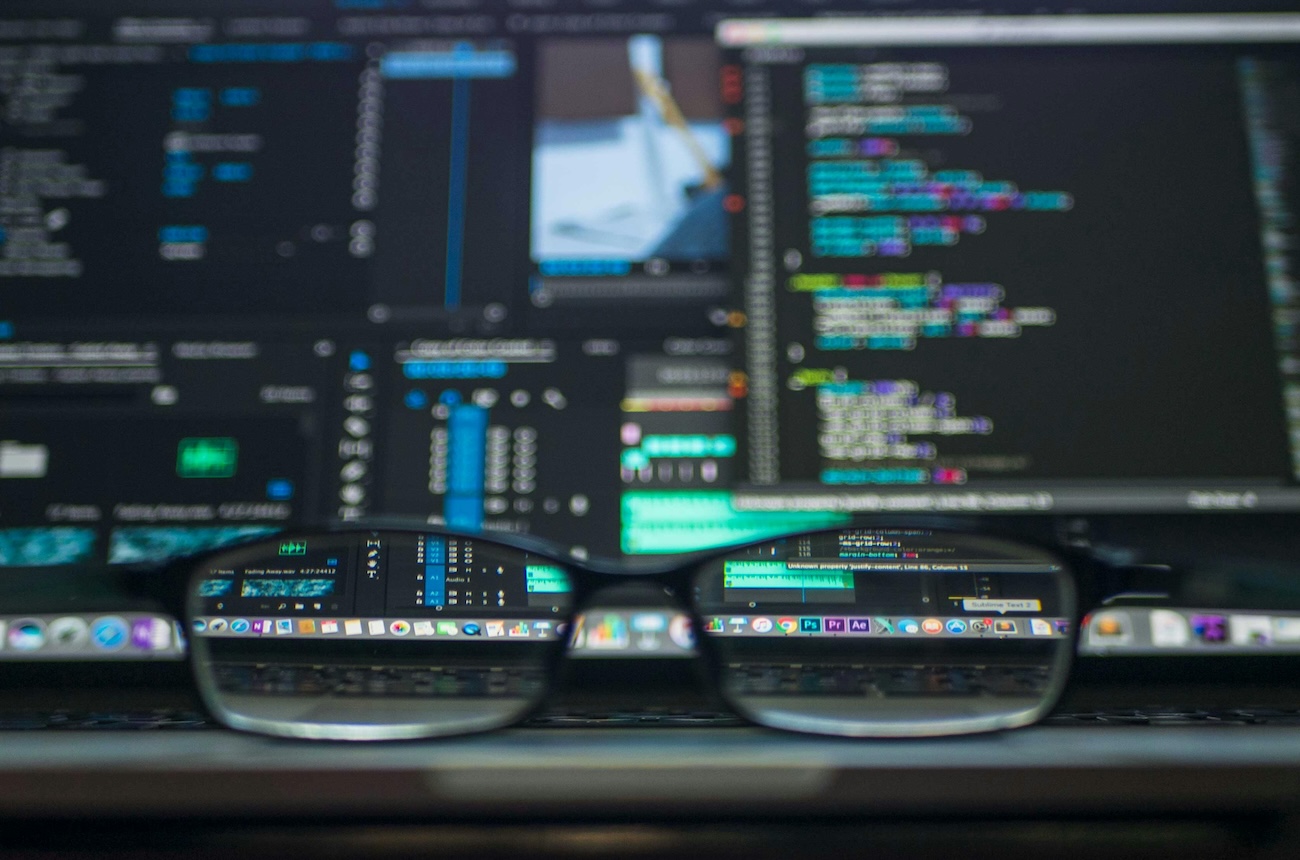
Uncertainty is now the operating norm. From rising geopolitical tensions to the explosion of generative AI, organizations are facing a threat landscape that looks very different from even three years ago. Attackers are innovating just as quickly, sometimes faster, than defenders. AI tools write phishing emails, malware adapts dynamically, and deepfake-powered social engineering is blurring the line between legitimate and malicious communication.
The old playbook of “detect and respond” is no longer enough. Security leaders know this. That is why we are seeing a fundamental redefinition of what threat detection means and at the center of that redefinition is AI.
For decades, cybersecurity has relied on a combination of signatures, rules, and human intuition. Tools like intrusion detection systems, security information and event management (SIEMs), and endpoint protection platforms were built to flag known malicious patterns. The problem?
Meanwhile, attackers are evolving, using AI to develop threats that are faster, more targeted, and harder to detect:
The attack surface is expanding faster than human analysts can monitor, making AI essential.
Cybersecurity is undergoing the same transformation that industries like finance, retail, and healthcare have already experienced: the shift from reactive monitoring to predictive, adaptive intelligence. AI is not a bolt-on enhancement. It is becoming the operating system for modern threat defense.
Here’s how AI is reshaping the game:
Instead of matching known bad patterns, AI systems baseline what “normal” looks like for every user, device, and application. When anomalies appear like a Chief Financial Officer (CFO) logging in from two continents within an hour or a system process accessing sensitive data outside its usual scope the system flags it instantly.
Machine learning models ingest logs, telemetry, and threat feeds continuously. They surface patterns that would take analysts weeks to uncover, correlating weak signals across multiple environments into a single, actionable story.
AI-powered platforms are not just spotting threats; they are automating first-line responses. From quarantining an endpoint to blocking suspicious internet protocol (IP) ranges, these actions can be executed in seconds, dramatically reducing the window of vulnerability.
Here is a paradox: attackers are using generative AI to craft more convincing threats — but defenders are also using generative models to anticipate those attacks. By simulating adversarial behavior, AI systems can stress-test defenses before real-world attackers exploit them.
AI-driven threat detection delivers measurable results across industries:
Banking Example
A major global bank recently implemented AI anomaly detection for its Society for Worldwide Interbank Financial Telecommunication (SWIFT) transfers. Within weeks, the system flagged a fraudulent transfer attempt routed through a compromised vendor account — something human auditors would have caught only after funds were moved.
Healthcare Example
In one hospital network, AI flagged unusual outbound data traffic from a diagnostic imaging machine at 2 a.m. The system automatically quarantined the device, preventing exfiltration of thousands of patient records.
Government Example
During an election cycle, an AI-powered platform identified deepfake videos being circulated to suppress voter turnout. Rapid detection and public disclosure prevented the content from gaining traction.
These examples highlight a broader reality: AI in threat detection does not just reduce risk—it preserves trust, reputation, and in some cases, lives.
Just like Chief Information Officers (CIOs) are pressured to “do more with less,” Chief Information Security Officer (CISOs) are navigating tighter budgets while threats multiply. AI is shifting the economics of cybersecurity by:
The organizations thriving in cybersecurity are not those spending the most. They are the ones aligning investments with AI-enabled resilience.
Looking ahead, AI will do more than improve efficiency; it will fundamentally reshape security architecture. By 2030, we will see:
For CISOs, this evolution means their mandate will expand beyond protecting operations—cybersecurity will become a source of competitive advantage, much like CIOs today are recognized as enterprise-wide strategists.
By embracing AI, organizations gain faster detection, smarter responses, and scalable expertise—turning cybersecurity from a reactive necessity into a strategic advantage. But understanding why AI is essential is only the first step. The next challenge is implementing it responsibly and effectively: building AI-first security that works across industries, aligns with regulatory requirements, and augments human teams rather than replacing them.
In our next blog, “How to Implement AI-Driven Cybersecurity Effectively,” we’ll dive into practical guidance for deploying AI safely and strategically, exploring sector-specific implications, governance considerations, key metrics, and the human-machine collaboration that makes AI security truly effective.
Not sure on your next step? We'd love to hear about your business challenges. No pitch. No strings attached.